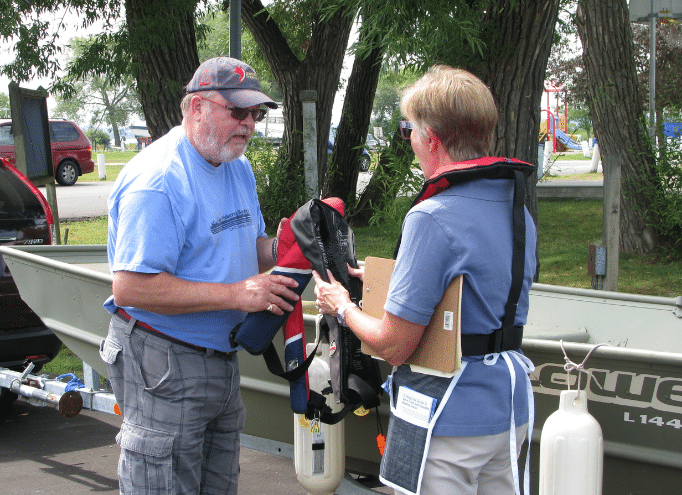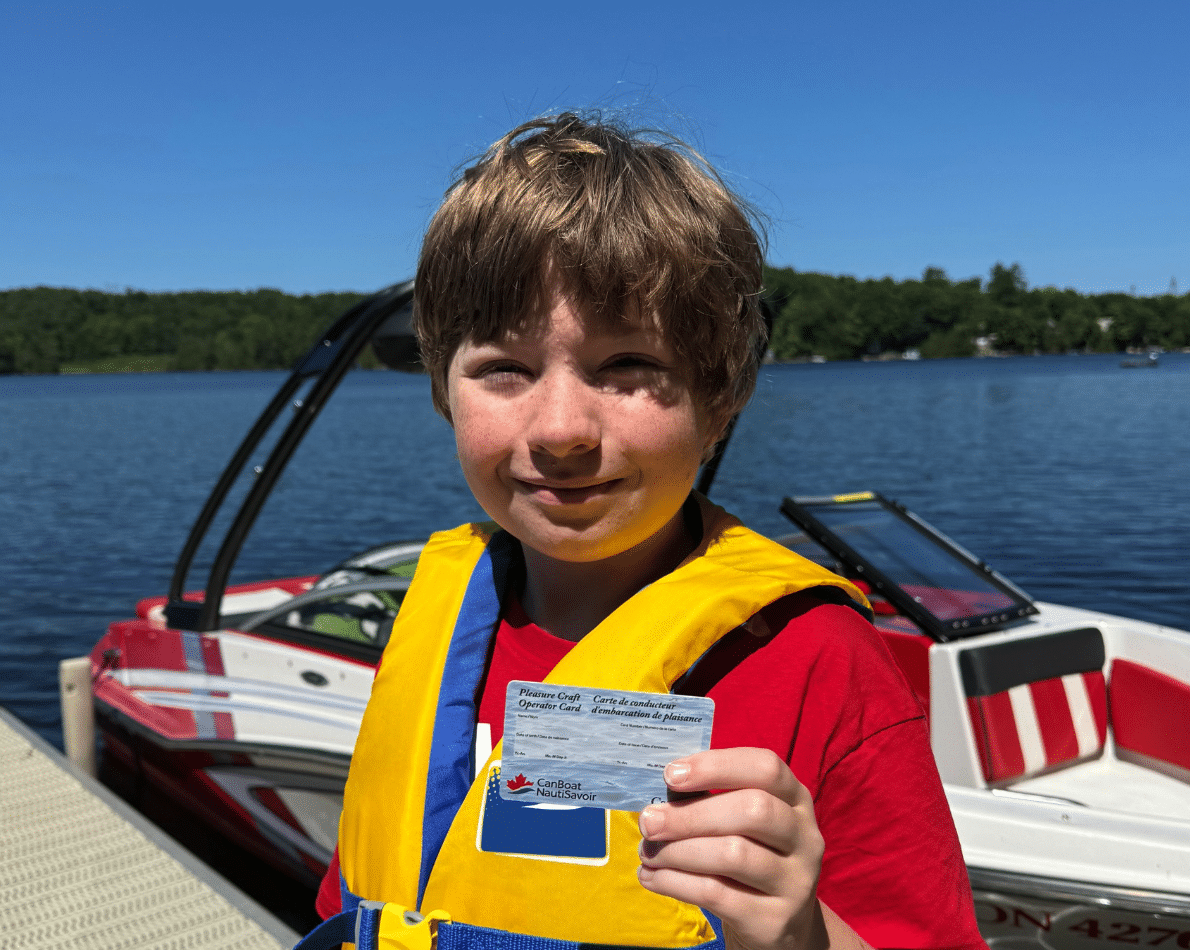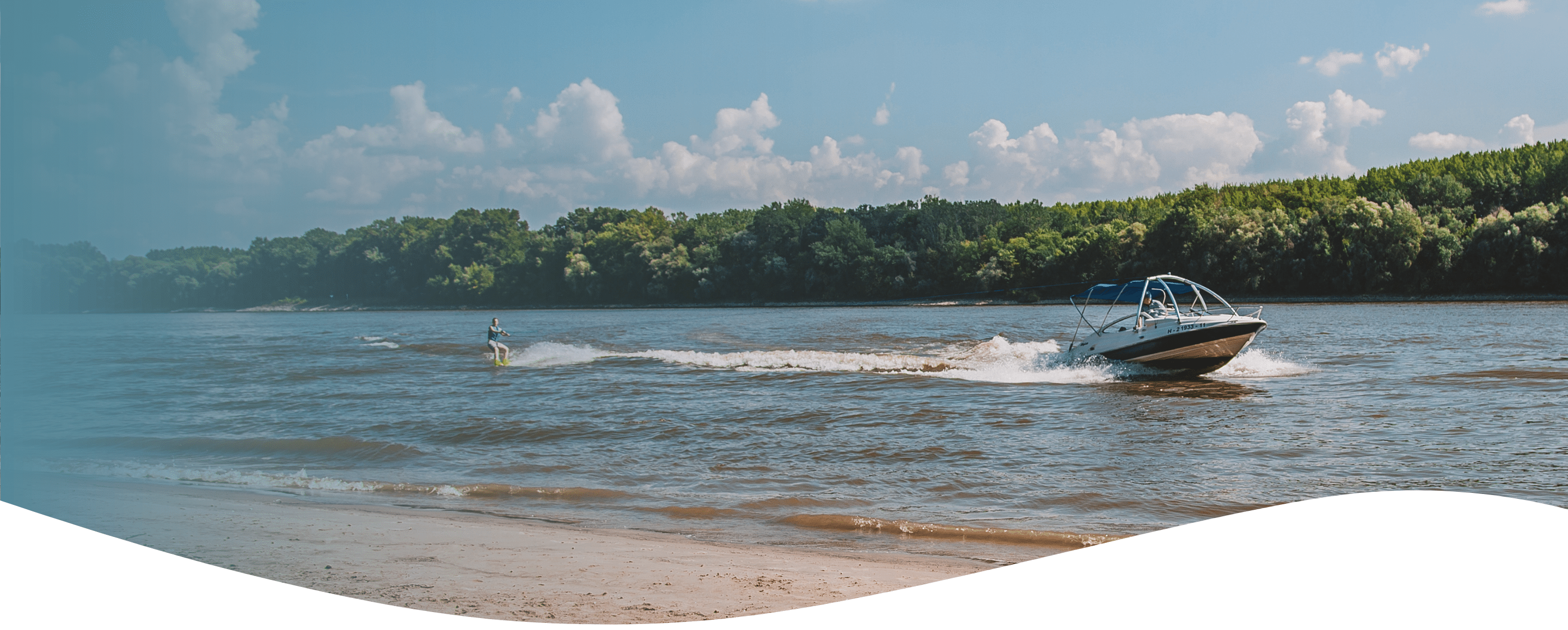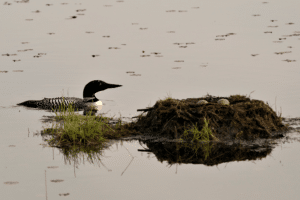BOATING TECHNIQUES
Transport Canada’s Safe Boating Guide offers the following statements regarding the operation of boats at a safe speed limit and a boat operator’s responsibility for any damages caused by a vessels wake:
Be Aware and Polite
Never buzz, try to spray swimmers, or cut in front of or try to jump the wake of other vessels. Some of the worst boating incidents happen when speed or distance is misjudged.
Operate your Boat at Safe Speeds
You may have to stop or turn suddenly to avoid a collision, so operate at a safe speed. A safe speed depends on:
- your ability to see ahead – slow is the only safe speed in fog, mist, rain and darkness;
- current wind and water conditions;
- how quickly your boat can change direction;
- how many and what types of vessels are near you; and
- the presence of navigation hazards such as rocks and tree stumps.
Be very careful when boating where visibility is poor, such as entering or exiting a fog bank.
Responsibility for Damages Caused by Wake
A boat’s wake can damage other vessels, docks and shoreline. It can also be a risk for swimmers, divers and people in small boats that might capsize. Be aware of how your boat’s wake might affect others when choosing your speed. You will be responsible for any damages or harm you cause.
Province – Wide Shoreline Speed Limits
Some provinces have adopted speed limits for boats of 10 km/h within 30 m (98’5”) of shore on all waters within their boundaries. This speed limit applies in Ontario, Manitoba, Saskatchewan, Alberta and the inland waters of British Columbia and Nova Scotia. This limit is in effect whether it is posted or not. Exceptions include:
- recreational towing where the boat follows a path at a 90 degree angle to the shore in an area designated by buoys for recreational towing;
- rivers less than 100 m (328’) wide, as well as canals and buoyed channels; and
- waters where another speed limit is set in a schedule to the regulations.
View this post on Instagram
Impacts on Wildlife
Don’t forget we also share waterways with wildlife. The wake from your boat can impact:
- habitats;
- food sources;
- water quality;
- fish spawning beds; and
- loons.
High speed boats can disturb loon parents, and if it happens frequently enough the parents may abandon their nest entirely. Since loons build their nests near the waterline in shallow areas, their 1-2 eggs are at risk of being washed away by large waves. Even if the eggs hatch and the chick manages to survive, they remain vulnerable to strong wakes or fast-moving boats that come too close.
Nesting season usually spans from May to June, with hatchlings appearing between June and August. By late summer and into fall, loon chicks grow more independent and begin to learn how to fly in preparation for migration. One of the joys of boating is connecting with nature, so please be vigilant and be mindful of your wake.
Learn more by reading How To Avoid Damaging Boating Practices from Healthy Shorelines for Healthy Lakes.
Want to learn more about boating and navigation techniques? Register for a CanBoat Boating Course near you.
BOATERS HELPING BOATERS
Need More Information?

Free Safety Gear Checks
CanBoat volunteers will check your boat for free… and if you have everything you need, you’ll get a Safety Inspection Sticker.

Safe Boating Guide
Safety Tips and Required Equipment lists. Download a PDF of Canada’s Safe Boating Guide.

Get Your Boating Licence
Regardless of boat length or engine horsepower, all motorized boat operators in Canada are required by law to have a PCOC.
CanBoat / NautiSavoir offers the most comprehensive and recognized courses, built by boaters, for boaters to get you and your crew ready for every adventure and any situation.
Members are eligible for 10%-25% discounts on select courses.

